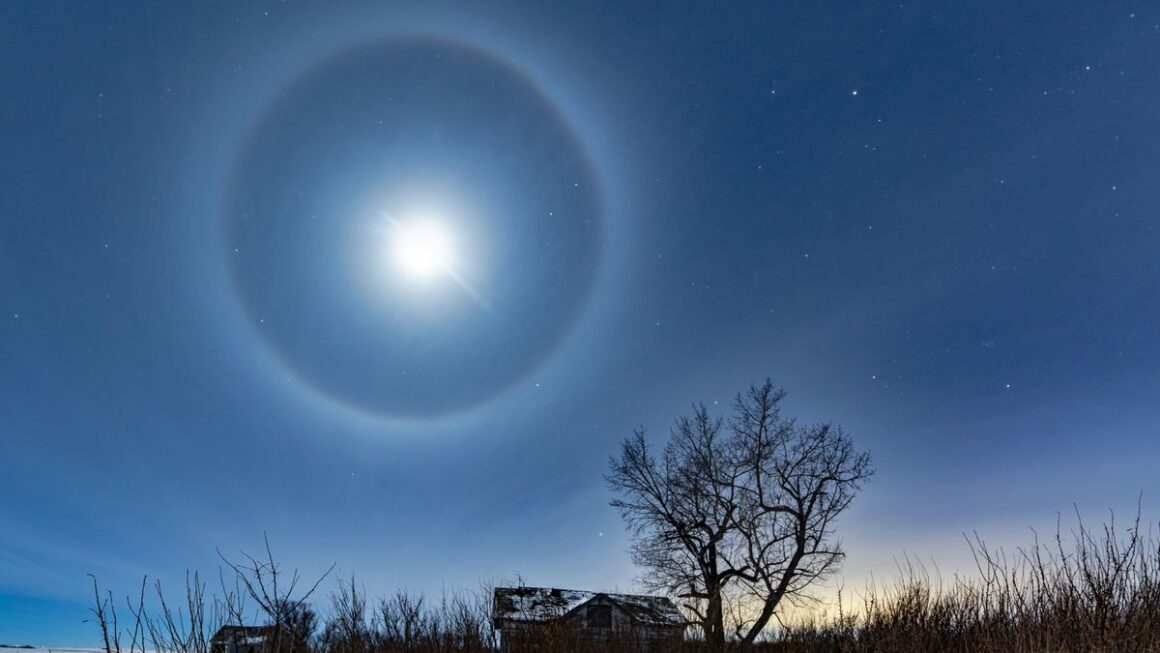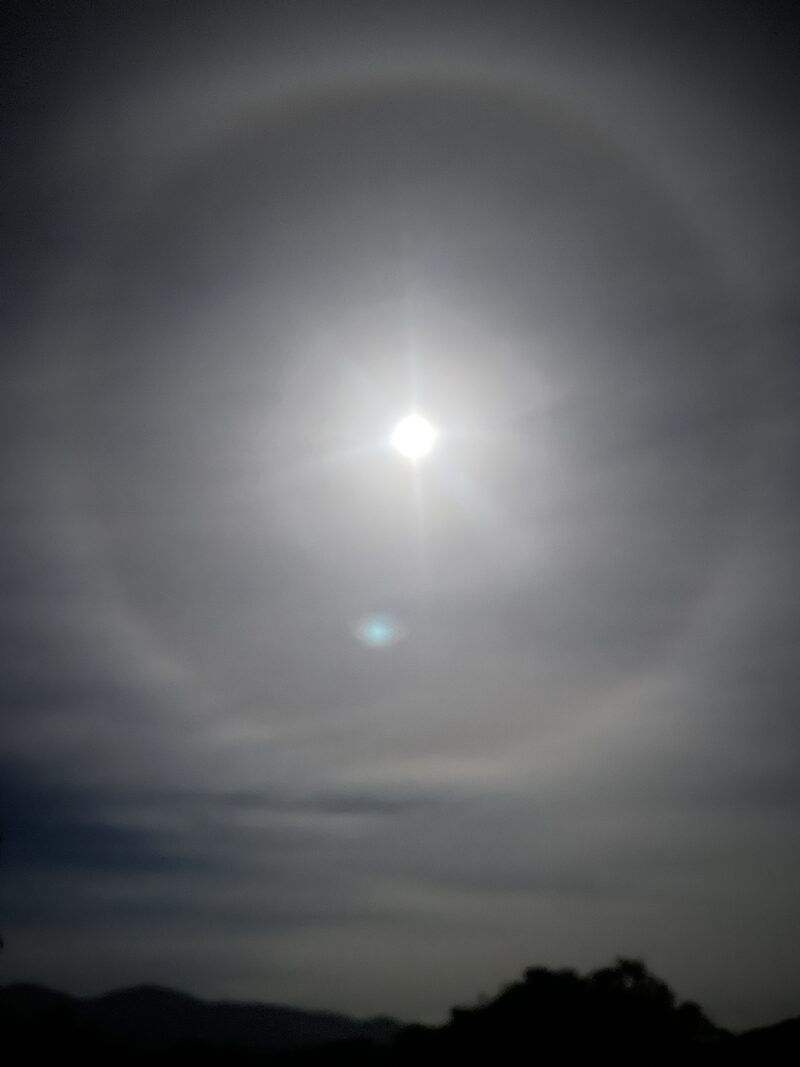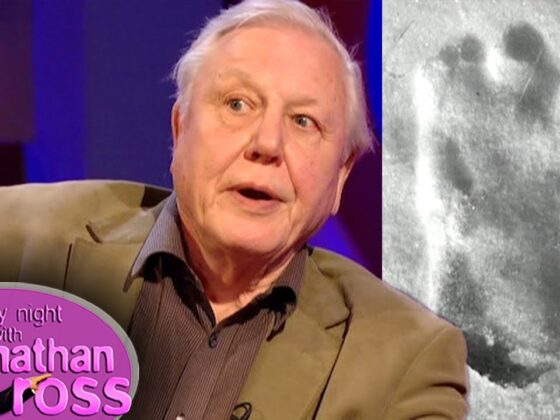Took this photo from the deck. A halo around the moon, often referred to as a “lunar halo,” is a beautiful atmospheric phenomenon that occurs when moonlight interacts with ice crystals suspended in high-altitude clouds, specifically cirrus or cirrostratus clouds. This interaction causes the light to refract, reflect, and disperse, creating a bright ring around the moon.
What Causes a Lunar Halo?

The formation of a lunar halo is primarily due to hexagonal ice crystals high in the atmosphere. These crystals act like tiny prisms, bending the light from the moon at a consistent angle of about 22 degrees, which is why halos typically appear as a circle with a diameter of about 44 degrees around the moon. This means that if you were to hold your hand out at arm’s length, the width of your outstretched fingers would roughly match the size of the halo.
Weather Implications
Interestingly, lunar halos can serve as indicators of impending weather changes. According to meteorological observations, the presence of these halos often suggests that rain may be on the way. The ice crystals that create the halo are usually found in cirrus clouds, which can indicate that a warm front is approaching. As these clouds move lower in the atmosphere, they can bring precipitation within the next 24 hours.
In folklore, lunar halos have long been associated with unsettled weather. For example, there’s an old saying that goes,
“If the moon shows a silver shield, be not afraid to reap your field; but if she rises haloed round, soon we’ll tread on deluged ground.”
This reflects how people historically used natural signs to predict weather patterns.










